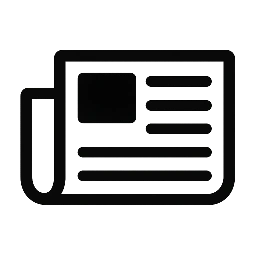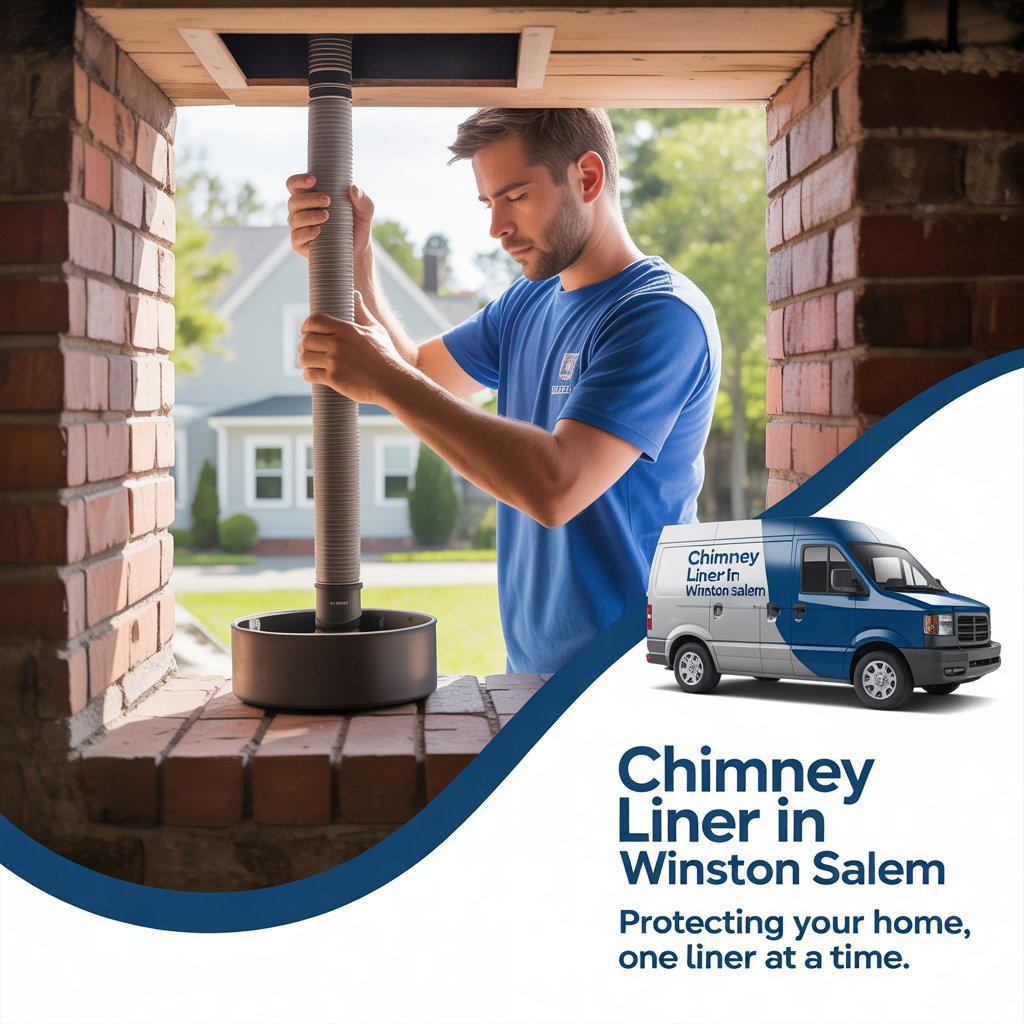Living in Winston Salem comes with its fair share of seasonal weather shifts from hot, sticky summers to chilly, damp winters. If you’re a homeowner with a fireplace or wood stove, these weather changes aren’t just something to complain about they can seriously affect your chimney. More specifically, the part of your chimney that takes the brunt of it all is the liner. You might not think much about it, but your chimney liner quietly handles heat, moisture, and corrosive gases every time you light a fire. Understanding how local weather impacts it can help you avoid damage, fire hazards, and costly repairs. And that’s exactly why today we’re diving into what the weather in Winston Salem can really do to your Chimney Liner.
Winter Moisture and Freeze-Thaw Damage
Let’s start with winter easily the season that’s toughest on chimneys in general. When temperatures drop, moisture from rain, snow, or condensation can sneak into your chimney. If that water soaks into small cracks and then freezes overnight, it expands, which puts extra pressure on your chimney liner and surrounding masonry. Over time, this freeze-thaw cycle can cause your liner especially if it’s made of clay to crack, shift, or crumble. Stainless steel liners are more resistant but still vulnerable if there’s water pooling inside. Moisture also encourages rust, especially in older liners, and leads to deterioration. Even small gaps or corrosion in your liner can allow harmful gases like carbon monoxide to seep into your home or reduce your stove’s efficiency. That’s why an annual inspection ideally before winter can catch issues before the cold sets in.
Summer Heat and Sudden Storms
Now let’s talk about Winston Salem’s hot and humid summers. Your chimney may not be in use, but the liner is still dealing with rising temperatures, trapped moisture, and poor ventilation. That combo creates a sort of “steam box” effect inside your chimney. For stainless steel liners, this can lead to early corrosion if there’s leftover creosote or trapped humidity. Clay liners suffer too, especially if they were already weakened by winter weather. Sudden summer storms also bring heavy rain that can pour down your chimney if you don’t have a proper cap. Water mixing with soot or ash inside your flue creates a corrosive paste that eats away at the liner over time. This is why a good chimney cap and regular cleaning are essential parts of chimney maintenance in places like Winston Salem.
The Year-Round Impact: Why Weather Adds Up
It’s not just one storm or one cold night that damages a chimney liner it’s the wear and tear that builds up over months and years. The alternating stress of expansion from heat and contraction from cold causes liner materials to degrade. Add moisture, wind-driven debris, and pollutants in the air, and suddenly your liner is facing more than it can handle. That’s when cracks form, rust takes hold, or joints loosen any of which can compromise your safety and cost you a lot more than you’d think. Here’s a simple look at how each season plays a role:
| Season | Main Weather Factor | Impact on Chimney Liner |
| Winter | Freezing rain & cold snaps | Freeze-thaw cracks, moisture absorption |
| Spring | Rain & humidity | Rust formation, moisture damage |
| Summer | Heat & sudden storms | Corrosion from trapped heat and water |
| Fall | Cooler temps & wind | Debris buildup, prep for high fireplace use |
“A chimney liner is your fireplace’s first line of defense,” says a Winston Salem chimney specialist. “But like anything exposed to the elements year-round, it won’t last forever without care.” That quote says it all. Your liner may be out of sight, but it should never be out of mind.
Safety & Cost: Two Big Reasons to Stay Ahead
Safety is the number one reason to keep your chimney liner in good shape. Cracks or corrosion can let hot gases, smoke, or carbon monoxide escape into your home, which is dangerous and sometimes deadly. A damaged liner also increases the chance of a chimney fire, especially if flammable creosote has built up in the gaps. On the financial side, ignoring small issues can turn into big repair bills. Replacing a few cracked tiles or patching a metal liner is a lot cheaper than rebuilding your entire chimney flue or dealing with water damage in your attic or walls. Investing in maintenance now is far more affordable than emergency repairs later. Many Winston Salem homeowners save hundreds sometimes thousands by catching problems early through annual inspections and timely cleanings.
FAQs: Common Chimney Liner Questions
Q: How do I know if my chimney liner is damaged?
A: Common signs include smoky odors, poor fireplace draft, visible cracks in the flue, or a rusted damper. A professional inspection is the only way to know for sure.
Q: What type of liner works best for Winston Salem weather?
A: Stainless steel is a popular choice because it handles moisture and temperature changes better than clay tile. Cast-in-place liners are also highly durable.
Q: How often should I get my chimney checked?
A: At least once a year—preferably before the heating season. If you use your fireplace heavily, a second inspection in spring isn’t a bad idea.
Q: Can I replace a chimney liner myself?
A: It’s not recommended. Proper sizing and installation are crucial to safety and performance. A certified technician should always handle liner replacement.
Q: Is a chimney liner required by code?
A: In most cases, yes—especially when installing new stoves or fireplaces. It’s considered essential for safe operation and may also be required by your insurance.
Final Thoughts: Your Liner Works Hard Take Care of It
Your chimney liner is silently working every time you light a fire, protecting your home from heat, gas, and moisture damage. But the weather in Winston Salem puts it through a lot—freezing winters, humid summers, and sudden downpours all take a toll. If you want to keep your fireplace running safely and avoid steep repair costs, regular chimney inspections and timely repairs are a must. Whether you’re using a traditional clay tile liner or a modern stainless steel one, staying ahead of weather-related damage will give you peace of mind every time you light the fire. Don’t wait for a problem to show up give your chimney the attention it deserves now and enjoy a safer, warmer home year after year.
Read More: Chimney Sweep

